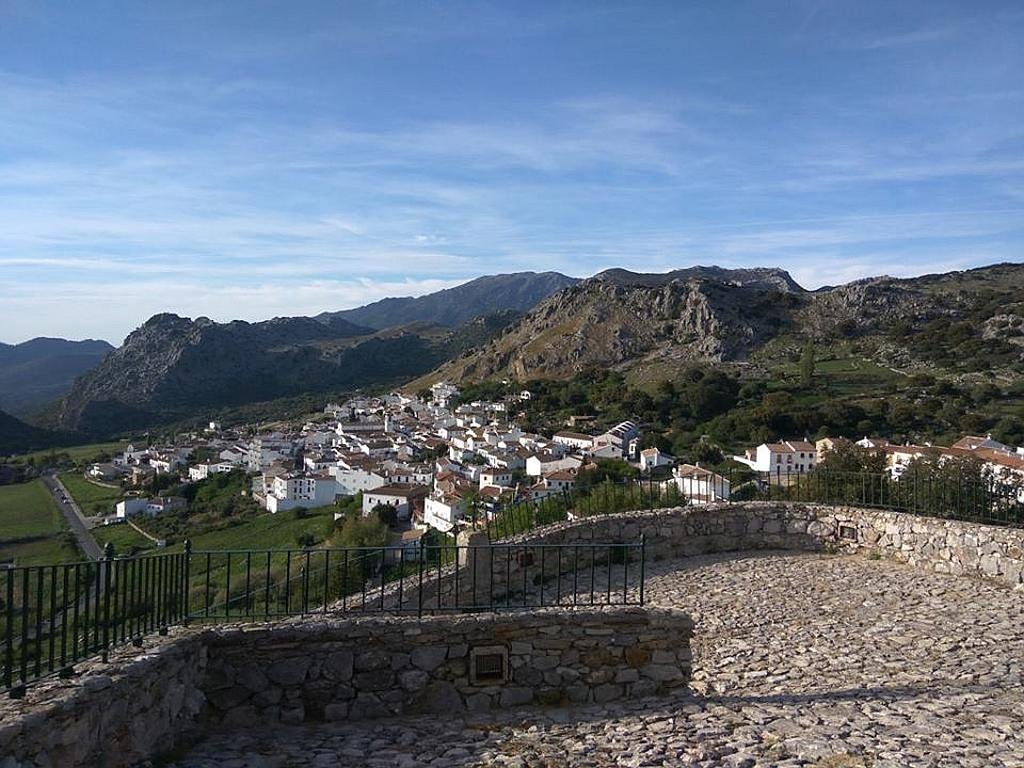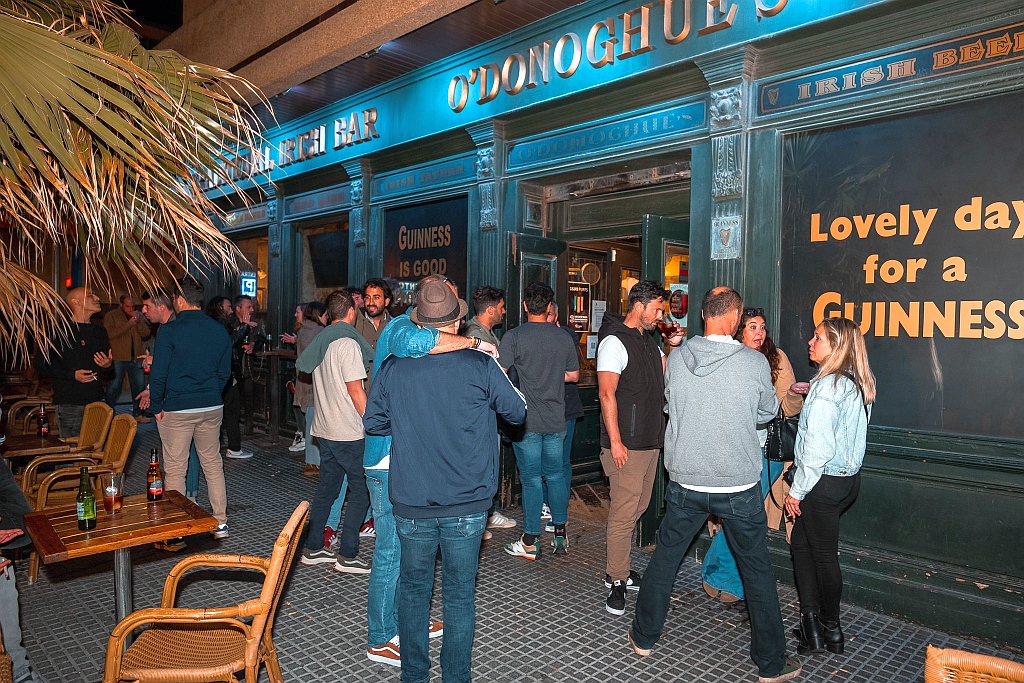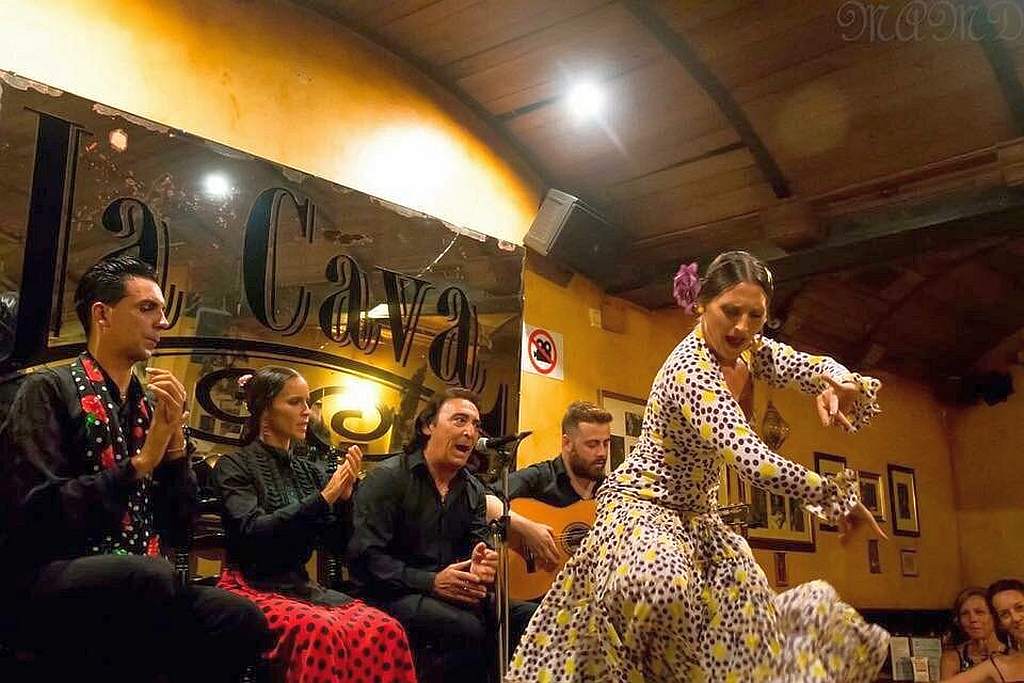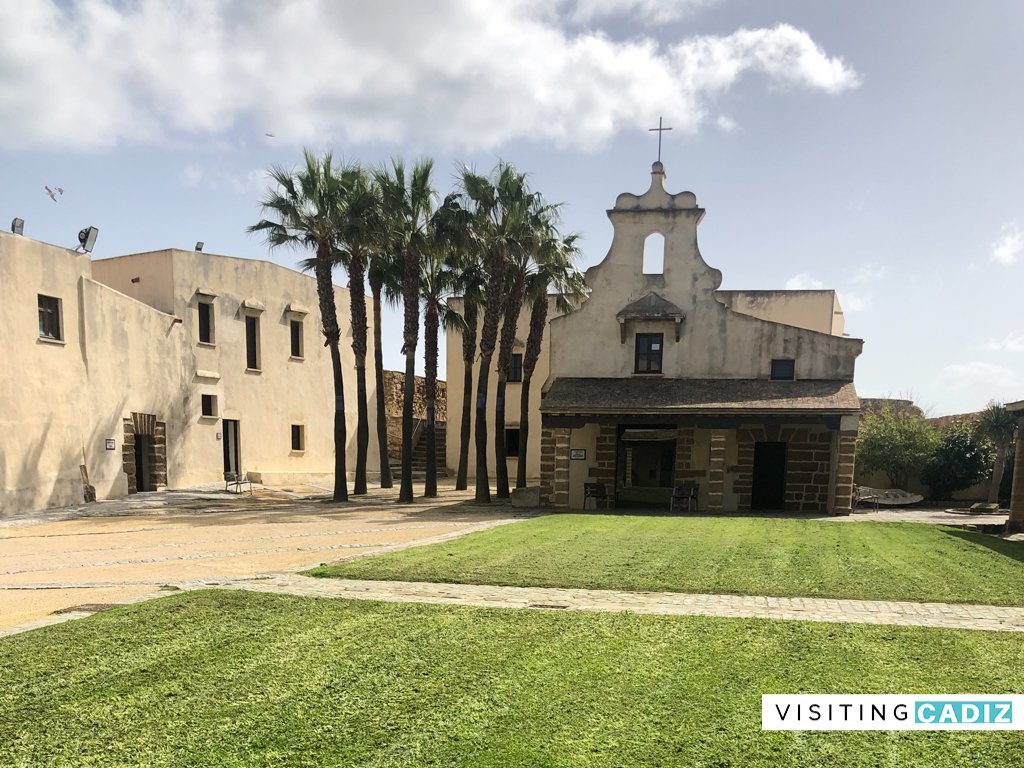The Bella Escondida tower is the only lookout tower (of the hundreds) in Cádiz with an octagonal floor plan. It is located on top of the house at number 13 Calle José but as it’s name suggests, it can’t be seen from the street. “Escondida” in English means “hidden”.
If you want to see this tower then visit the rooftop bar of the hotel las Cortes de Cádiz from where you can get a great view whilst enjoying a coffee, beer or glass of wine. (Which is, incidentally, also a fine hotel to stay in!)




